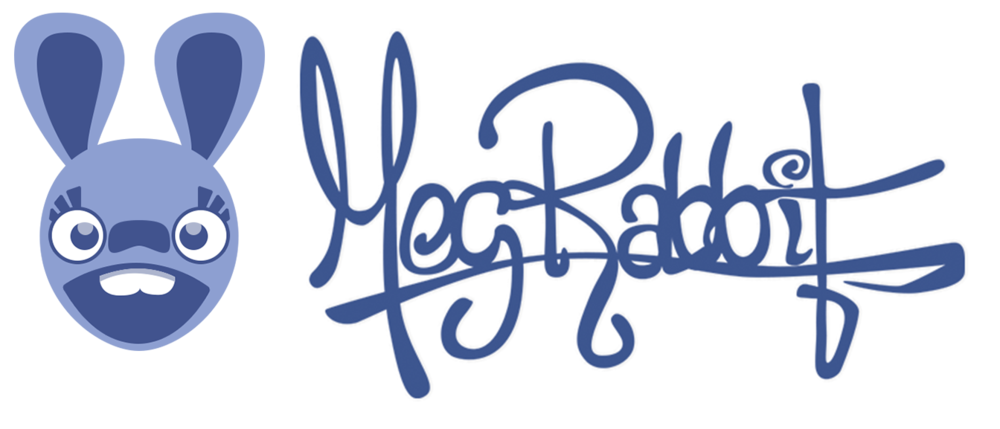This is a sketch from my book. I scanned it and imported it into Photoshop and coloured it. Here's the final:
A polaroid of my feelings about contract negotiations.
Normal Child Episode 1 - How to talk your dad into letting you get a pet lizard.
Mostly true stories from my completely normal childhood.
Read MoreHow data-driven tech toys are — and aren’t — changing the nature of play. →
When I was in first grade, I cut the fur pom-poms off of my dad’s mukluks. (If you didn’t grow up in the Canadian North and you don’t know what mukluks are, here’s a picture.) My dad’s mukluks were specially made for him, so he was pretty sore. I cut the pom-poms off because I had just seen The Trouble With Tribbles at a friend’s house, and I desperately wanted some Tribbles. I kept them in a shoebox, named them, brought them to show-and-tell, and pretended they were real.
It’s exactly this kind of imaginative play that a lot of parents are afraid is being lost as toys become smarter. And in exchange for what? There isn’t any real evidence yet that smart toys genuinely make kids smarter.
Read MoreWe’ll know that robots are self aware when they tell us they are.
Giulio Tononi said that a system displaying consciousness must be able to store and process large amounts of information, and that this information must be integrated into a whole that can’t be divided into parts.
Like humans, robots already have the first part down. In fact, for a robot, conscious and unconscious states are clearly defined. The second part is trickier - it deals with self awareness, or seeing yourself as an individual. Even though humans are rationally aware of the different, independent biological mechanisms that make our existence possible, we still see our ‘selves’ as unique and special snowflakes, with dreams, thoughts, and abilities all our own.
Self awareness is an emergent quality. We can provide an environment that will make it more likely to emerge (for example, by creating robot groups that must work socially to accomplish tasks, and therefore need to distinguish themselves from their copies.) But we can't predict exactly how a robot's sense of self will manifest, any more than we can know for sure what an elephant is really thinking when it sees it's teeth in the mirror for the first time.
Read MoreGrimlock Christmas (or: How a stupid dinosaur robot taught me to sell the steak, not the sizzle.)
I'll never forget the Christmas my parents bought me a Grimlock Transformer. I peeked a week before I was allowed to open the gift, and had to contain an almost unbearable level of excitement for several days. I was old enough to be thoroughly impressed with a dinosaur that was also a robot, and young enough not to be jaded by the 'new' Transformers.
Discovering that Grimlock was, in actual fact, the stupidest Transformer ever created, felt like a betrayal. Grimlock's stupidity was a reflection of my taste, and since I didn't want anyone thinking I approved of a dumb character, he probably spent a grand total of 3 months in my life. My parents vowed never to buy me a transformer again, and I grew skeptical of toys with marketing stories. After all, if a freaking robot dinosaur can turn out to be an idiot, no cool-looking toy is safe.
Read MoreHow data and connectivity are changing the nature of play →
Playing is how we learn. Through play, we develop large and fine motor skills, refine language and social interaction, and discover important facts about everything from the cycle of life and death to the laws of physics. When we play, we test the world around us, and share and grow.
But play is changing because it’s now filled with technology. In the coming months, I’m going to be looking at how data and connectivity are changing toys and the very nature of play. I’ll be talking to designers, inventors, technologists, and educators, and publishing the results in a report for O’Reilly Media.
Read MoreWhen Design Fiction Goes Wrong
Last year, when I found out that this hoverboard was a hoax, I felt like I'd been dumped, punched in the face, and told my cat was killed by wild dogs, all at the same time. That's how badly I wanted hoverboards to be real, and how easily convinced I was by a video which was ultimately revealed to be a Funny or Die promotion. Tony Hawk even apologized for his involvement in the end.
Read MoreWhy I Take Risks to Succeed, & How You Can Too
All my life, I've been different. As a child in elementary school, I climbed into the rafters rather than sitting at my desk. As a teenager, I loved getting lost in the city and trying to find my way home. I’ve always craved change, and challenges, and new perspectives.
Read MoreDesigning Interactive Experiences in Virtual Worlds
The symbolism of the current digital age was established during my generation's youth (and yeah, I'm kind of old). This means that although my son will never hold a floppy disk, the symbol for 'save' in most applications is still a floppy disk, and not a USB key.
There’s a word for these metaphors we bring into a later age with us to help us navigate it—skeuomorphs. But these skeuomorphs are changing, too. Thus, we now click clouds with arrows instead of floppy disks when we want to save data.
Virtual reality is pushing this change forward. Affordances like cursors don't work that well in a full VR environment, especially if you add gestures into the equation. Moving your arm is a counterintuitive action when moving a cursor in 3D space. Cursors were designed to move in 2D space - that's how we expect them to move.
Read More



